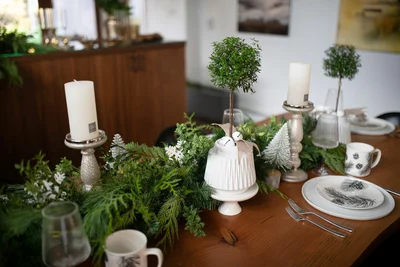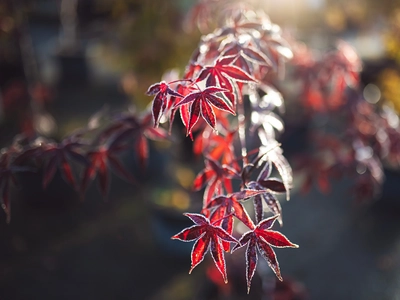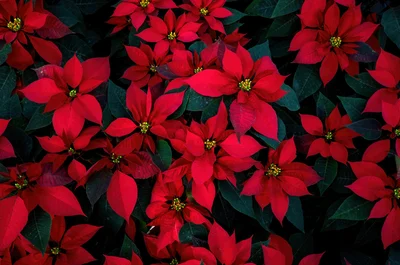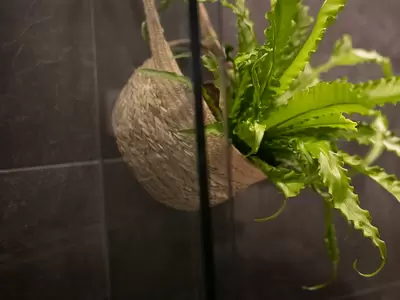
Written by: Anastasia Petrou
Light
When you research how to start a new garden, you may hear the term “right plant, right place”. This pertains to houseplants as well. The plants that would thrive in a south facing high rise apartment are not going to do as well in a north facing basement suite.
There are a few ways to think about light in a space and they are as follows:
- Direct light
- Bright, indirect light
- Low light.
There are not many houseplants that can handle direct sunlight, aside from some succulents and cacti, and even those have been known to burn. Be sure to rotate these plants often to avoid burning.
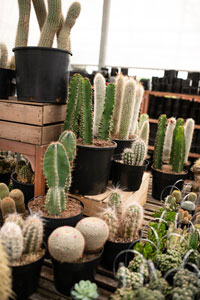
Most houseplants fall under the bright indirect light category where they appreciate a room full of natural light, without any harsh sunrays.
Finally, we have the low light category where there is still natural light in the room, but it is very dim, or something is shading the room out by the window.
Always check the tags of your plants or ask an expert at the garden centre about the light requirements of the plant you are interested in before bringing your new friend home.
Vessels/Containers
Now that you have picked out a plant that works in your home environment, what container would work best for it? We get this question almost everyday at the garden centre and there is a general rule of thumb that we go by: Pick a pot that is at least two inches bigger than the pot that the plant is currently living in. You want to avoid going down in pot size or planting in the same size pot. There are very few circumstances where this may need to be done.
Another thing to think about when choosing a vessel is drainage. This is very important if you want to avoid any root rot. You want to choose a pot that has a hole in the bottom. This will allow for any excess water to drain out every time you give your plant a drink. Try to avoid planting directly into a decorative pot without a drain hole, and instead plant into an appropriately sized plastic pot with drainage and drop it into your decorative pot. That way, you can take the liner pot out to water in your sink where the water can drain freely.
Watering
We have arrived at one of the most asked questions we get at the garden centre: How much water does this plant need? Or How often do I water my new plant?
I must say there is no true easy way to answer this question, and that is because, everyone’s home is a different environment where light, temperature, and soil composition play a factor. Obviously, there will be some plants that would like to dry out a bit more than others, such as cacti, and some that do not want to dry out at all, like some varieties of ferns.
The way you find out how much water your plant needs is by checking the soil often. With most plants you want the soil to dry almost completely before you give them a good soak. You can check this with your finger, by placing it into the soil to the second knuckle and feeling for moisture, or you can use a handy moisture meter. Once you get an understanding of how often your plants dry out in your home, then you can get them on a watering schedule.
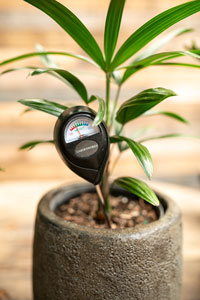
Try our GARDENWORKS Moisture Meter to take out the guesswork. Simply insert the moisture meter into the plant’s soil and receive the results instantly.
Keep in mind that with seasonal changes, your schedule will need to be adjusted accordingly. For example, during the winter months our houseplants go into dormancy, where they really slow down the rate in which they grow, so they are unable to drink as much water as they would in the summertime. This is where most of the casualties due to overwatering occur.
Now some people do not know or are confused about what overwatering is. A lot of people seem to think it is the amount of water you give to your plant at one time; however, it is how OFTEN you water your plant that can cause overwatering damage. Most plants appreciate a thorough soak when they are sufficiently dry, assuming they have good drainage.
Fertilizer
Finally, we can talk a bit about feeding your houseplants. You want to make sure you are fertilizing at the right time. You want to feed them when they are actively growing, and this is between the months of March and September. Houseplants are not usually too fussy about fertilizer so an application every three weeks should do the trick.
I recommend using a 10-15-10 liquid plant food for your indoor plants. This will help them develop a strong root system and keep them happy all season long.
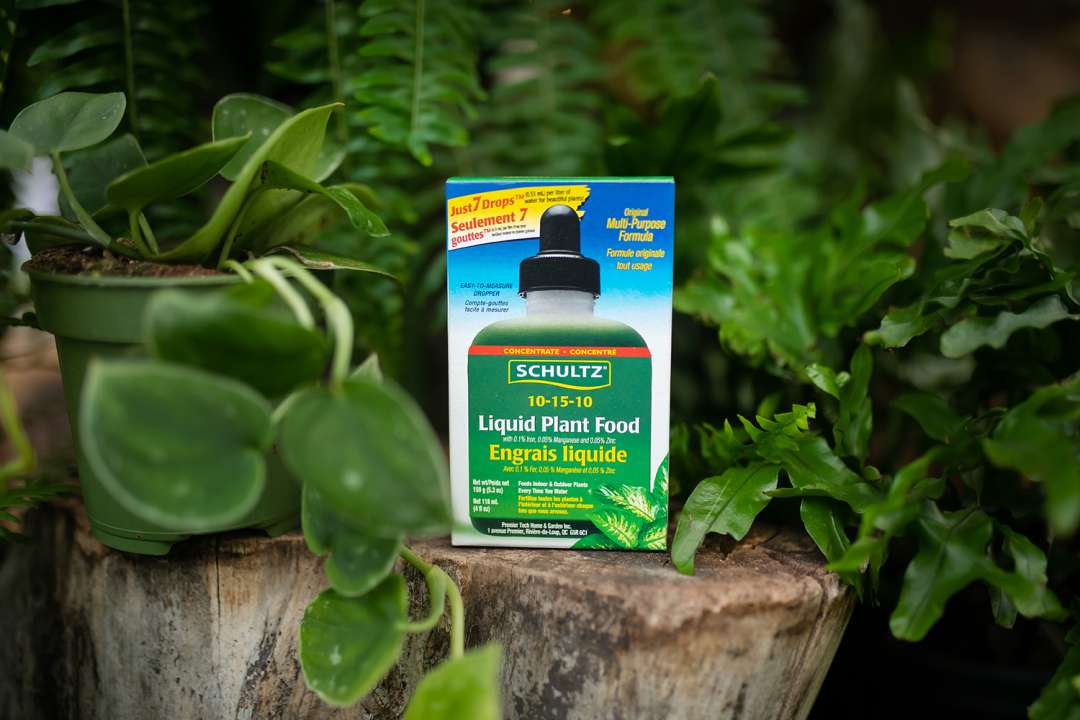

Some houseplants have more specific care instructions, so be sure to talk to our experts in our tropical plant departments.
Now that you have the basic groundwork laid out for how to care for your houseplants, you can confidently call yourself a plant parent and grow your urban jungle!

